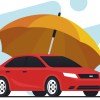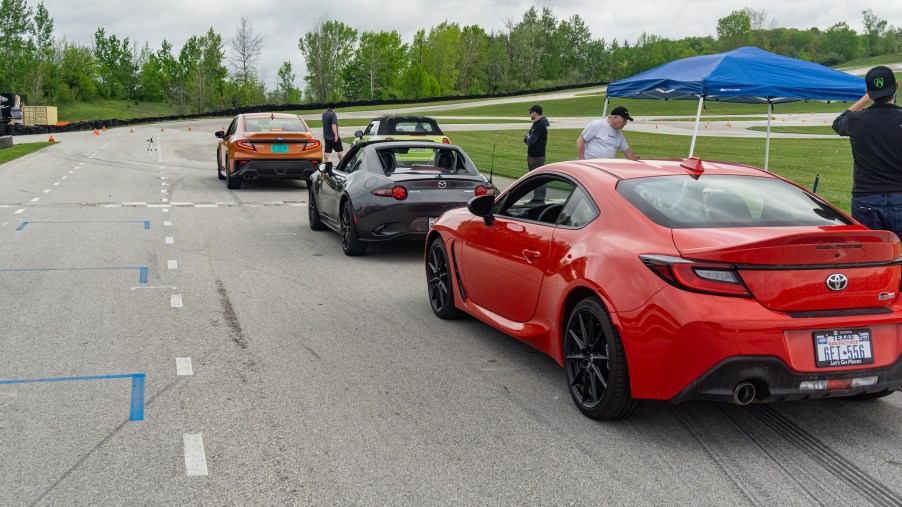
My First Real Taste of Autocross Racing Got Me Hooked
First-time autocross racing article highlights:
- Autocross is one of the most affordable and accessible racing series in the U.S.
- I participated in my first autocross event at Road America recently and had a blast
- You don’t need a lot of equipment or an expensive car to get started
While there’s no shortage of racing series you can watch, there aren’t many that are affordable or approachable for regular enthusiasts. However, there’s at least one that even those with modest budgets and time allowances can enjoy, and that’s autocross. Spreading autocross racing’s gospel and living it, though, are two different things. And up until recently, I’d only experienced it in through YouTube and stories. But after putting rubber to track for the first time, I’m kicking myself for not doing it sooner.
What is autocross racing?
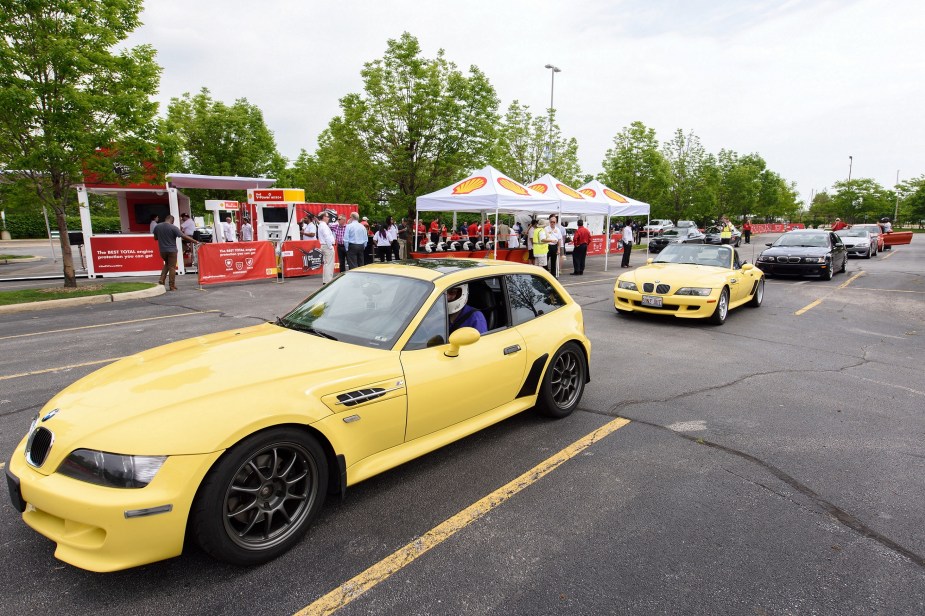
Some countries consider autocross to be an off-pavement racing series akin to kartcross. But in the U.S., autocross racing is basically a shrunken-down version of what you’d see on a paved racetrack. Many events don’t even take place on actual tracks, but rather on courses laid out in parking lots using cones.
The Sports Car Club of America (SCCA) organizes autocross racing classes according to cars’ “modifications and potential.” The former dictates what category you’re competing in, while the latter places you in a sub-class. For example, a showroom-stock Toyota GR86 and Chevrolet Corvette will both compete in the Street category. However, the Corvette is a Super Street car while the GR86 is a C Street car.
Regardless of which class you’re racing in, though, the goal’s the same: run the course as fast as possible. At some events, the official timekeeper is a person with a stopwatch. But the event I went to had electronic timers activated using optical sensors.
Since autocrossers are competing for the lowest time, the racing can get intense. However, unless you have a truly outrageous car or a long straightaway, you’re not going that fast. Most autocross cars top out around 40 mph during a race, and even then, only for short bursts. In addition, there are huge gaps between competitors, and sometimes you run the course one at a time. So, while there’s still an element of risk, it’s far less dangerous than many other kinds of racing.
I went autocross racing for the first time at Road America and can’t wait to go back
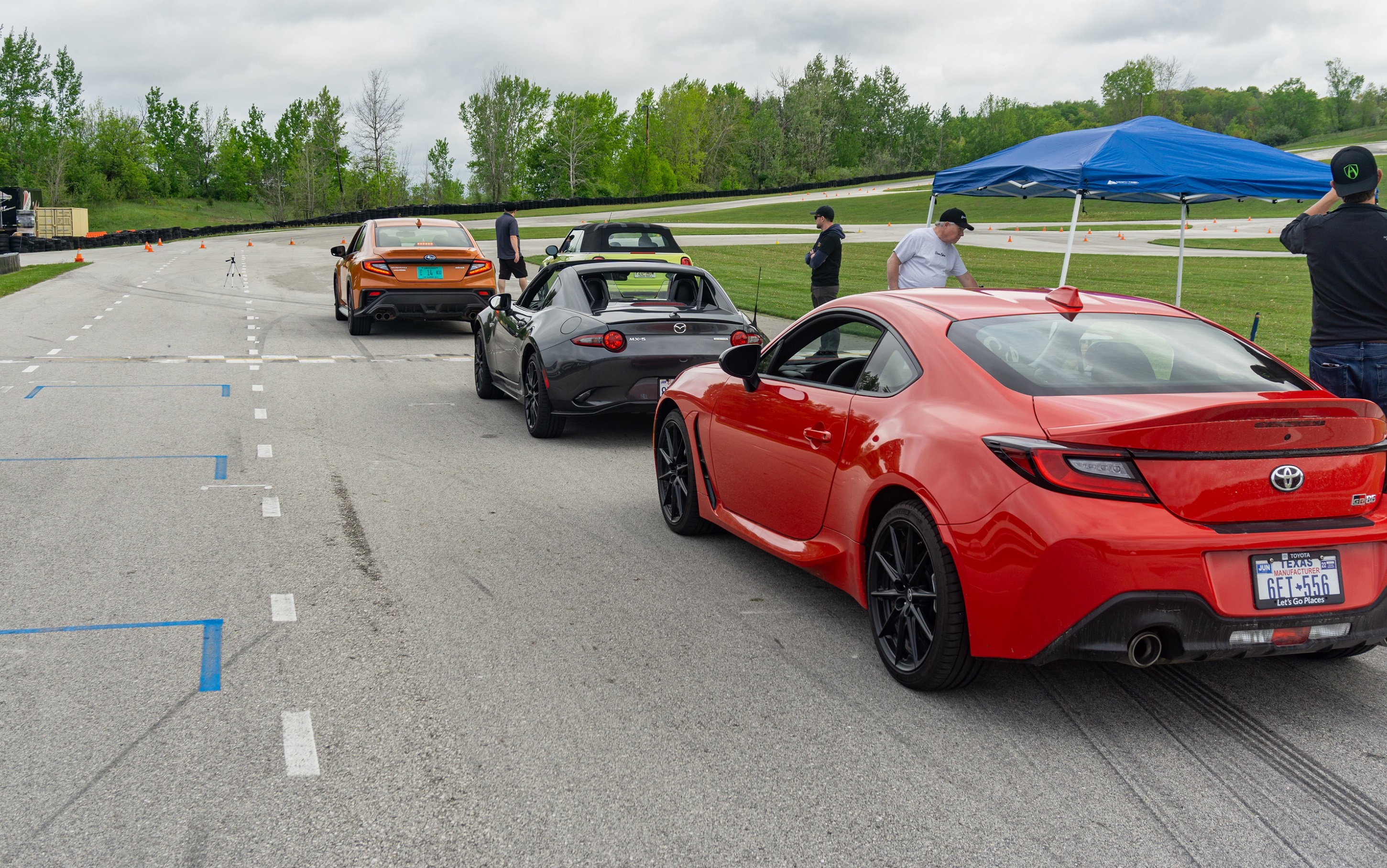
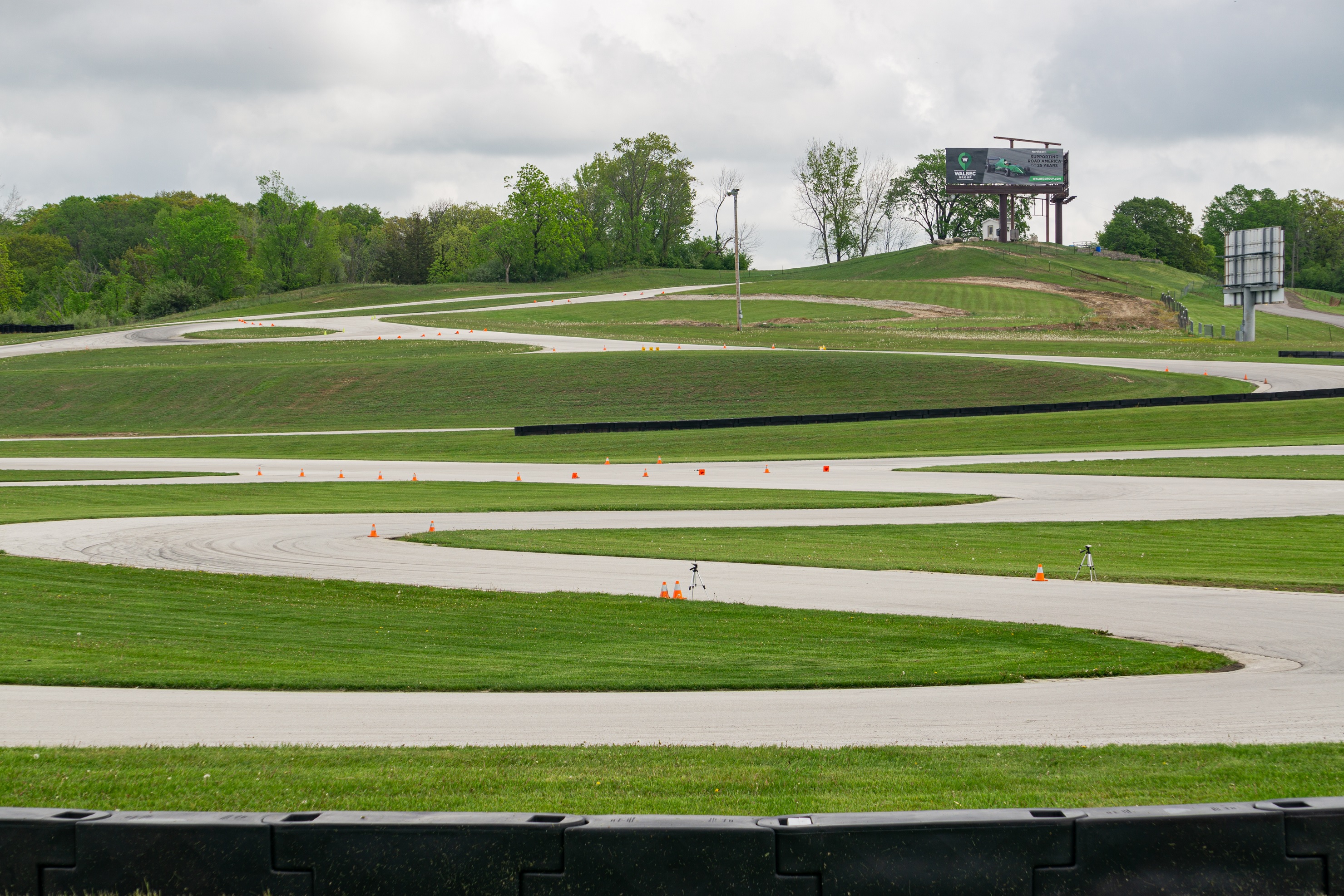
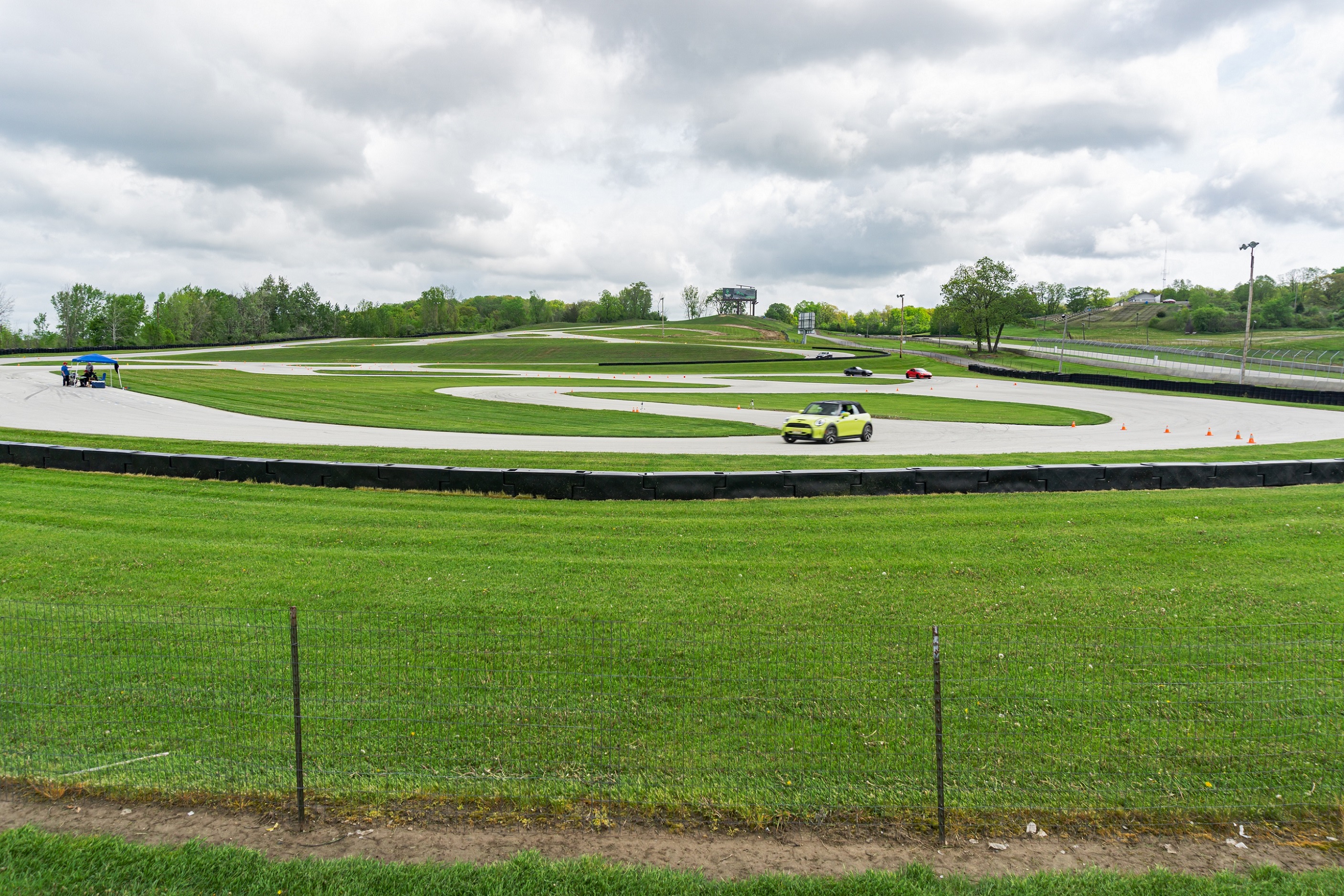
Although parking-lot autocross racing events are a common sight, my first race was a bit more extravagant. Road America in Elkhart Lake, Wisconsin doesn’t technically have a special-purpose autocross course, though it does hold snow-covered winter autocross events. However, it does have a dedicated go-kart track, the Briggs & Stratton Motorplex. And that’s where I got my first taste of what autocross is all about.
As you can see from some of the photos, the Motorplex is a lot bigger than a parking lot. Furthermore, it’s not flat: you gain and lose elevation during a lap. Add in multiple tight turns that I’d never seen before, not even in a racing sim, and I was more than a little nervous. And did I mention that the cars I’d be racing in weren’t mine?
Still, with my palms sweaty, my knees weak, and my heart in my mouth, I got into the first car I’d be driving, a manual 2022 Mini Cooper S Convertible. The group I was in got a warm-up lap, both to familiarize ourselves with the track layout and to warm up the tires. It was over far too quickly, at which point we lined up for our starts. And once I was at the front and the signal came, I gingerly floored it.
I could feel steel tension in my arms and neck in the first few turns as I tried to remember the course and run the Mini off the track. But then the beauty of autocross came into focus. I wasn’t trying to stay in front of or catch anyone. My only opponent was the clock. My only worry should be staying smooth as I learned the track and sharpened my lines. Just breathe, listen to what the car’s tires, steering, chassis, and brakes are telling you, and go for it.
By the time I finished my first real lap, adrenaline sparking in my veins, I already wanted to get back out there and improve my time.
How can you get started, too?
Besides the fun of tearing around a track, autocross racing can make you a better driver. And if my experience has got you interested in checking it out, know that it doesn’t take a lot to get started. You also don’t need a fancy expensive sports car.
Firstly, go onto the SCCA’s website and register early for nearby events. Next, make sure you have a proper helmet that has a Snell and/or FIA rating from no earlier than 2010. You don’t need special driving shoes, but your shoes must cover your entire foot.
Also, prepare your car for your track day. That means taking care of any maintenance needs as well as freshening up your fluids, especially brake fluid, coolant, and engine oil. In addition, before you do any modifications, check your class regulations to see what, if anything, is allowed. And bring some tools and extra fluids to the track. Furthermore, consider bringing a chair and preferably a folding canopy/tent along, Car and Driver advises. You’ll be out in the sun and weather for a while.
Once you’re at the autocross course, get your gear and car checked out by the tech inspectors. And while you likely won’t get a warm-up lap as I did at Road America, most courses are short enough to walk around. It’s a good idea to do so to familiarize yourself with the course. You’ll also likely be asked to help with the autocross event at some point, whether it’s as a spotter, timer, or some other task. This volunteer work is what keeps these races affordable.
But most importantly, don’t worry about setting a record. Just relax, focus, and drive. And don’t be surprised if you end up hooked, too.
Follow more updates from MotorBiscuit on our Facebook page.
